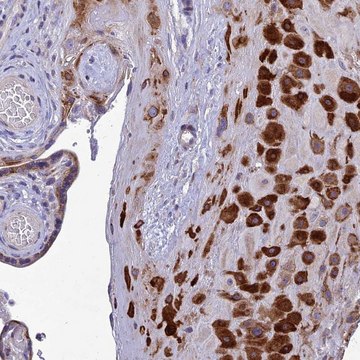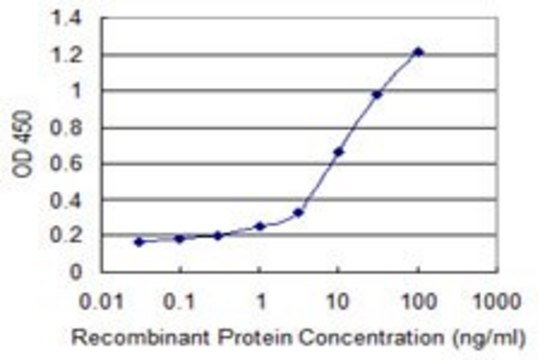CLS4152
Corning® DeckWorks™ low binding tips
in hinged racks
Synonym(s):
low binding pipet tips, low binding pipette tips
About This Item
RNase free
barrier: no
disposable
endotoxin free
filter: no
graduated
Tip shape: round
Recommended Products
material
natural tip
polypropylene
sterility
sterile
feature
DNase free
RNase free
barrier: no
disposable
endotoxin free
filter: no
graduated
Tip shape: round
packaging
pack of 960
manufacturer/tradename
Corning 4152
volume range
1-300 μL
suitability
suitable for (quantitative assays in which sample binding can significantly alter results; specific applications include accurate and precise pipetting of expensive reagents, DNA, proteins and/or peptides.)
binding type
low binding surface
Looking for similar products? Visit Product Comparison Guide
Related Categories
1 of 4
This Item | HPA043737 | MABS1166 | SAB1401676 |
|---|---|---|---|
| Quality Level 100 | Quality Level 100 | Quality Level 100 | Quality Level 100 |
| biological source rabbit | biological source rabbit | biological source mouse | biological source mouse |
| antibody form purified immunoglobulin | antibody form affinity isolated antibody | antibody form purified immunoglobulin | antibody form purified immunoglobulin |
| conjugate unconjugated | conjugate unconjugated | conjugate - | conjugate unconjugated |
| technique(s) western blot: 1 μg/mL | technique(s) immunohistochemistry: 1:50-1:200 | technique(s) immunohistochemistry: suitable (paraffin), western blot: suitable | technique(s) capture ELISA: suitable |
| shipped in dry ice | shipped in wet ice | shipped in wet ice | shipped in dry ice |
General description
Corning DeckWorks low binding tips are available in 10 uL, 200 uL and 300 uL sizes. Proprietary low binding technology reduces surface tension on the interior wall of the tip. Leaching and/or subsequent sample degradation associated with silicone-based tips are eliminated. DeckWorks low binding tips are ideal for quantitative assays in which sample binding can significantly alter results.
Specific applications include accurate and precise pipetting of expensive reagents, DNA, proteins and/or peptides. This system is designed to allow you to maximize storage space and help reduce the production and waste of plastic materials. Both the hinged racks and reload decks within this system are manufactured with recycled plastic.
The pipet tips are made in a controlled molding environment to ensure accuracy and precision across all tip volumes.
Medical grade resins and production excellence allow for full certification as:
- Nonpyrogenic
- Human DNA-free
- RNase-/DNase-free
Legal Information
Choose from one of the most recent versions:
Certificates of Analysis (COA)
It looks like we've run into a problem, but you can still download Certificates of Analysis from our Documents section.
If you need assistance, please contact Customer Support
Already Own This Product?
Find documentation for the products that you have recently purchased in the Document Library.
Our team of scientists has experience in all areas of research including Life Science, Material Science, Chemical Synthesis, Chromatography, Analytical and many others.
Contact Technical Service






